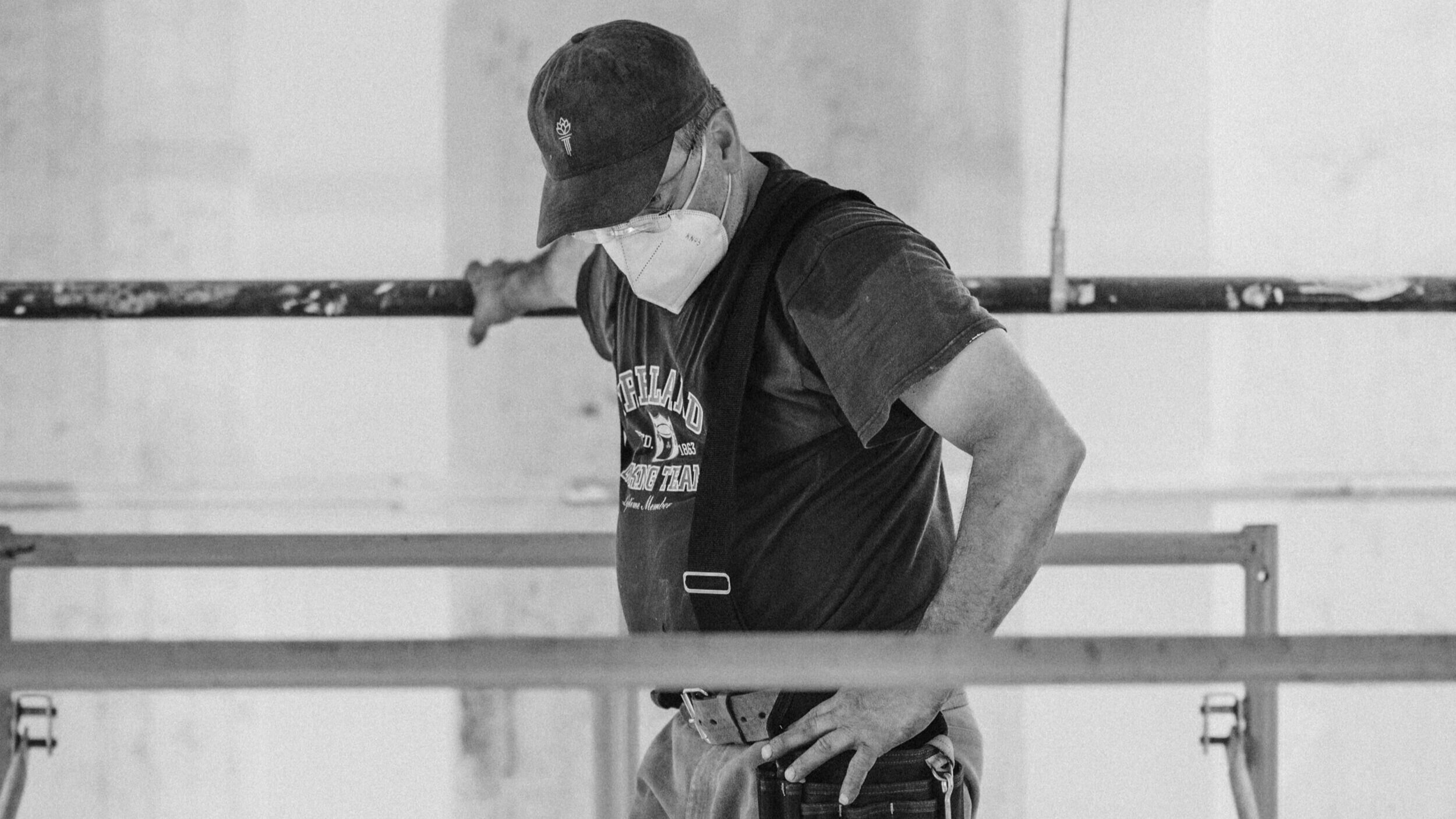You may have seen the op-ed in the New York Times offering handy advice to reverse the declines in the craft beer segment of the beer industry. It produced a chuckle among those who actually understand this industry, and here’s why.
The tariffs are on; the tariffs are off. The tariffs are—it’s exhausting. Last night a federal court ruled they’re off again. But beer fans take note, not all of them, including two biggies.
Now I’m looking for that wonderful, recognizable taste of the harvest. If peach season signals the end of summer, the iridescent green flavor of a fresh hop tastes like autumn.
Some exciting new research is happening as I write this, and will examine why fresh hops taste different than dried ones. Four breweries are participating, and Oregon State University will be analyzing them. Here are the details.
Or, how Britain got the Honorable Order of Bass Drinkers while Americans got the milkshake IPA.
Berlin’s wonderful all-Berliner weisse brewery announced it was closing a few weeks ago (full text included in this post), which gives me an opportunity to repost my article from five years ago about what a wonderful project it was.
Founder Alex Ganum is one of a handful of the most gifted brewers I’ve encountered in my travels around the world, and on a number of occasions, tasting his beer left me startled by its originality and accomplishment. With its singular vision and personality, Upright was an irreplaceable brewery.
For reasons no one can quite identify, a disproportionate number of brewers have decamped from Detroit to Portland, where they founded some pretty impressive breweries. For Montavilla Brew Works’ 10th anniversary, they’re doing a cool collaboration.
Trying to describe fresh hop beers is hard because rather than just reaching for another adjective, we grope toward different realms of experience. Drinking a very good one is to experience synesthesia and encounter the taste of iridescent green.
Three years ago, I wrote about a hop making its way through advanced trials, and a couple weeks ago, it made it to the promised land. In today’s post I speak with breeders and researchers about newly-minted Dolcita and what makes her special.
The Hop Quality Group and USDA breeder John Henning are close to naming their new public hop, HQG-4, which should happen this year. It’s an exciting project, and could usher in a new era in public hops.
You might think there are few places less conducive to learning how to drink than Salt Lake City, and reasonably so. In the 1980s, it wasn’t easy to get a drink there. But for the isolated teen, alcohol offered a potent weapon of rebellion.
The internet put all human knowledge at our fingertips, transforming the way we understood the world. A recent technological “innovation” may give us answers even faster, but take a wrecking ball to our basic information.
Sierra Nevada recently won the World Beer Cup gold medal … for ESBs. Violating Betteridge’s law of headlines, I explain why they got it right, including in my analysis a different rule, beer’s One Iron Law.
An unearthed 1974 BBC video of Hook Norton is an amazing document, and not for the reasons you might imagine. The brewery, then as today one of the most “traditional” in the UK, was making some interesting beer that sheds a lot of light on the way things change.
The art of brewing has been constantly evolving for thousands of years. Technologies like heated stones, elbow thermometers, and fish bladder finings may have run their course, but others transformed beer. Which were the most significant? The answers lie herein!
Last week, VinePair published an article about the birthplaces of famous beer styles. It included some hinky information—offering me the opportunity to explore an important topic: the “romantic fact.” That is, a story shot through with fascinating, possibly nostalgic details that turn out to be hogwash.






We have been seeing a tsunami of news articles about how badly the beer industry is doing. It seemed disproportionate to the actual headwinds, and at least one report out last week shows some heartening signs.